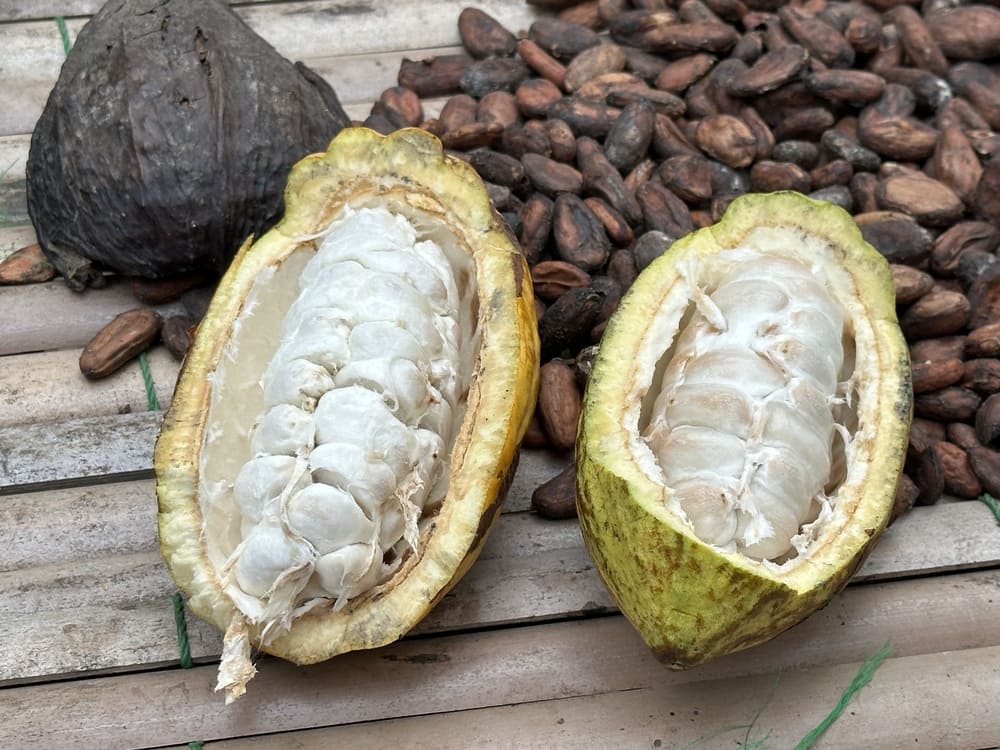Ghana cocoa changed the fate of this West African country, turning it into one of the world’s largest cocoa producers and a backbone of the global chocolate industry. It all started with a single act of defiance and a pocketful of seeds. This is the story of Ghana cocoa, from the daring journey of Tetteh Quarshie to the creation of a multi-billion-dollar industry.
Table of Contents
The man who planted a nation’s fortune: Tetteh Quarshie
At the heart of Ghana’s cocoa legacy stands Tetteh Quarshie, a blacksmith born in 1842 in Osu, near Accra, during the era of the British Gold Coast. Quarshie wasn’t a farmer by trade, but his curiosity and resourcefulness would change the course of Ghanaian history forever.
In 1870, he embarked on a journey to Fernando Po (now Bioko Island, part of Equatorial Guinea), a Spanish colony where cocoa was already being cultivated. At the time, the cocoa tree was a coveted and tightly controlled resource, closely guarded by colonial powers. While there, Quarshie became deeply interested in the cocoa plant: its economic value, its adaptability, and its potential back home in the fertile soils of Ghana.
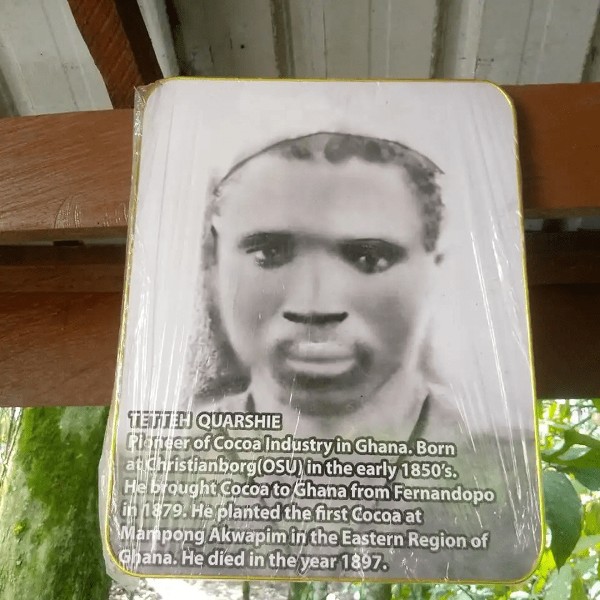
Despite strict colonial regulations against taking cocoa seeds out of the island, Quarshie managed to smuggle a handful of seeds back to the Gold Coast in 1879. It was a bold move. Some say he carried them sewn into his clothing or hidden in his luggage. Either way, the act required both courage and foresight.
Back in his hometown of Mampong-Akwapim, Quarshie planted the beans on his farm. It took years of trial and care, but the trees took root and thrived in the region’s tropical climate. His initial success wasn’t a secret for long. Neighbours and farmers took note, and soon cocoa cultivation began to spread throughout the Eastern Region and beyond.
Although Tetteh Quarshie never patented his discovery or became wealthy from it, his legacy is monumental. The Tetteh Quarshie Cocoa Farm, where the original trees were planted, still exists today as a national heritage site, a living monument to one man’s vision that shaped an entire economy.
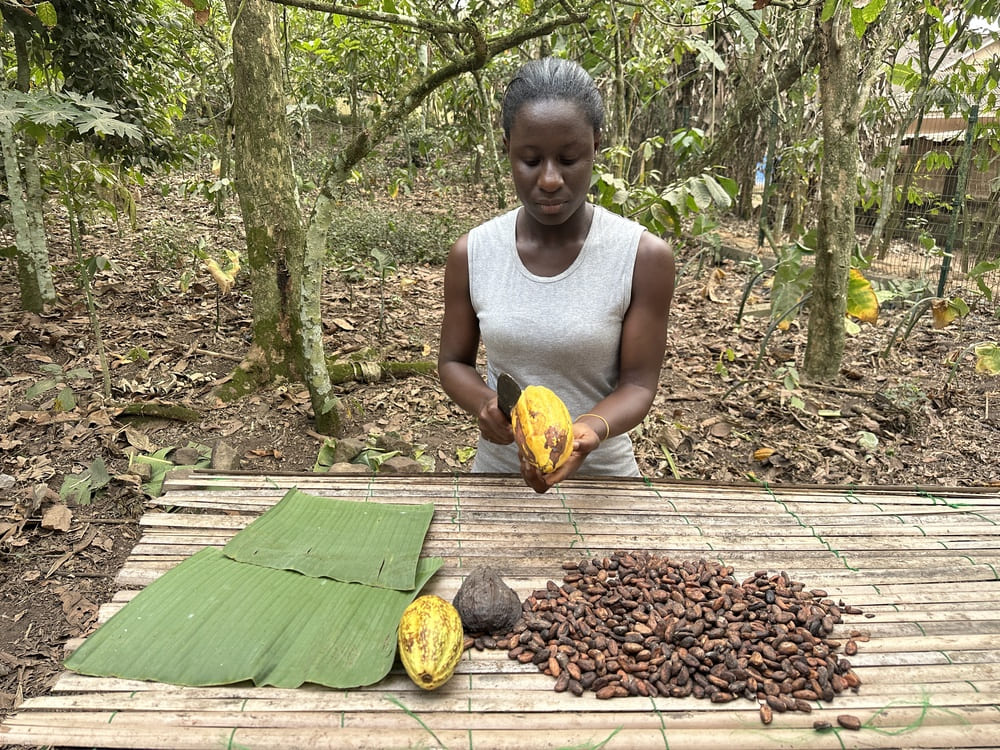


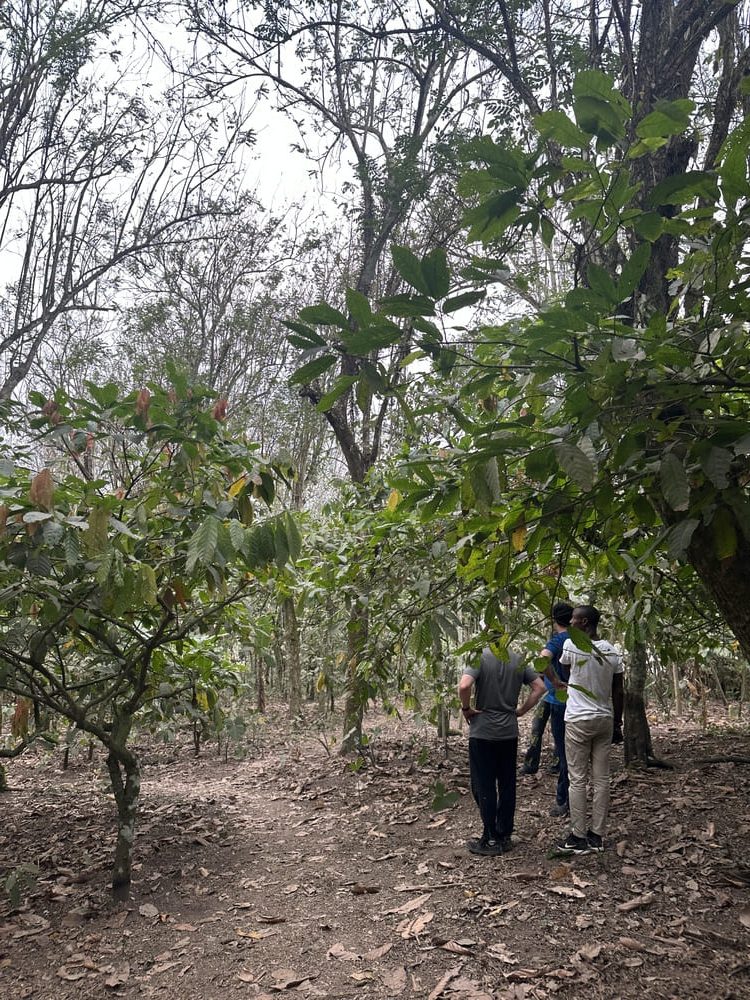
Ghana cocoa takes root
From those first trees in Mampong, Ghana cocoa rapidly spread through the forest zones of the Ashanti, Brong-Ahafo, and Western regions. The crop proved ideal for Ghana’s climate, requiring rich soils, moderate rainfall, and consistent humidity. Smallholder farmers adopted cocoa enthusiastically, often integrating it into their family farms.
By the early 20th century, Ghana was producing thousands of tonnes of cocoa annually, which the British colonial government quickly sought to regulate and export. Trains and roads were built to connect cocoa-growing areas with ports, particularly in Accra and Takoradi. Cocoa became the lifeblood of the colonial economy and the main source of foreign exchange.
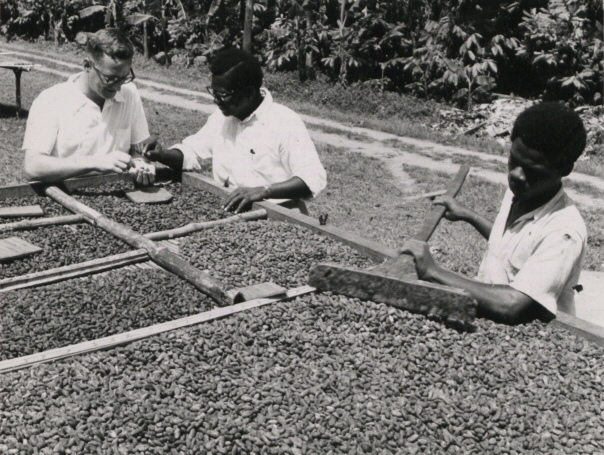
Ghana becomes the “Gold Coast of Cocoa”
By the 1930s, Ghana had risen to become the world’s top cocoa producer, a position it held for decades. The wealth generated from Ghana cocoa helped finance schools, infrastructure, and hospitals, but also led to increasing political demands for self-governance.
In fact, the exploitation of cocoa farmers under colonial pricing policies played a significant role in Ghana’s independence movement. When prices were kept artificially low, Ghanaian farmers organised and resisted. By the 1940s, national associations such as the United Gold Coast Cocoa Farmers Association were born, foreshadowing the political consciousness that culminated in independence in 1957.
Following independence, Ghana’s first president, Kwame Nkrumah, nationalised the cocoa industry to ensure that profits benefitted Ghanaians. While the move was popular, it also brought challenges: inefficiencies, political interference, and dependence on volatile world market prices.
To manage these issues, the Ghana Cocoa Board (Cocobod) was established. It became the central authority overseeing production, price stability, research, disease control, and export logistics. Its work ensured Ghanaian cocoa remained synonymous with quality.
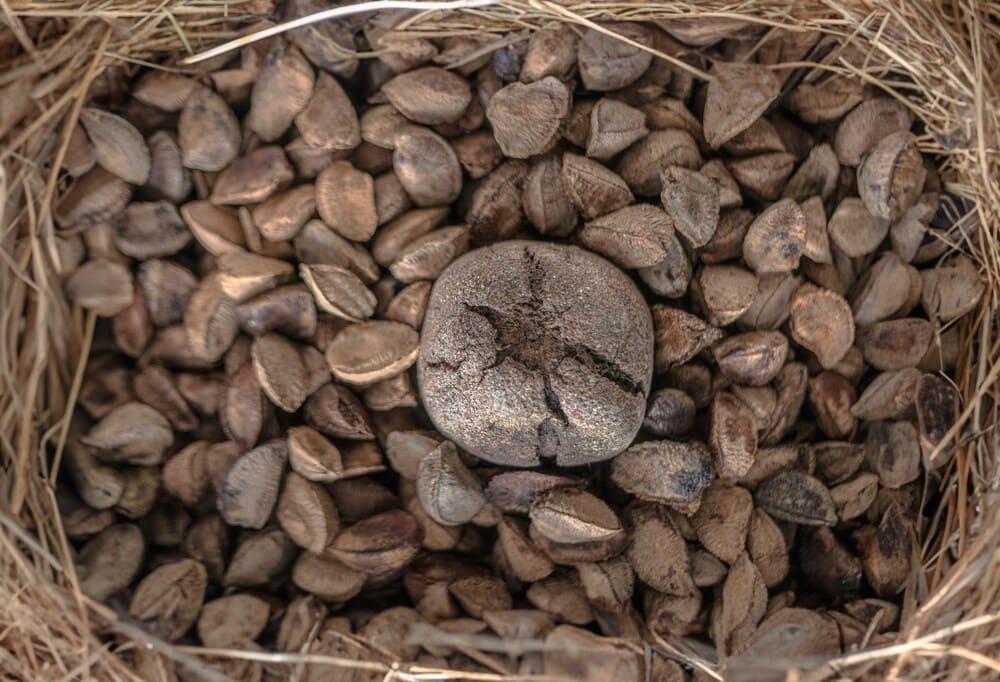
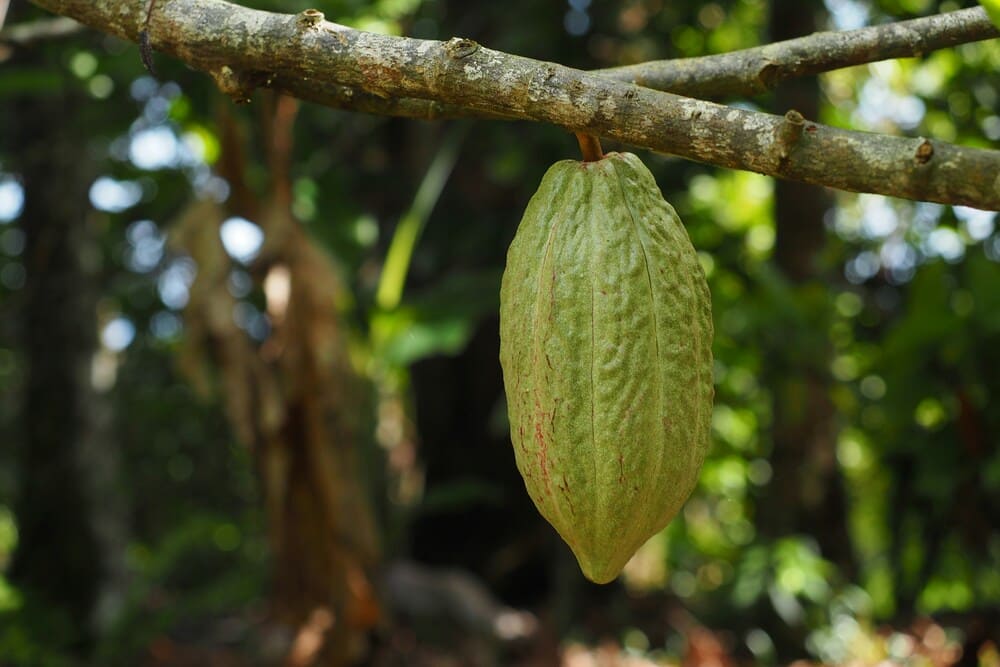
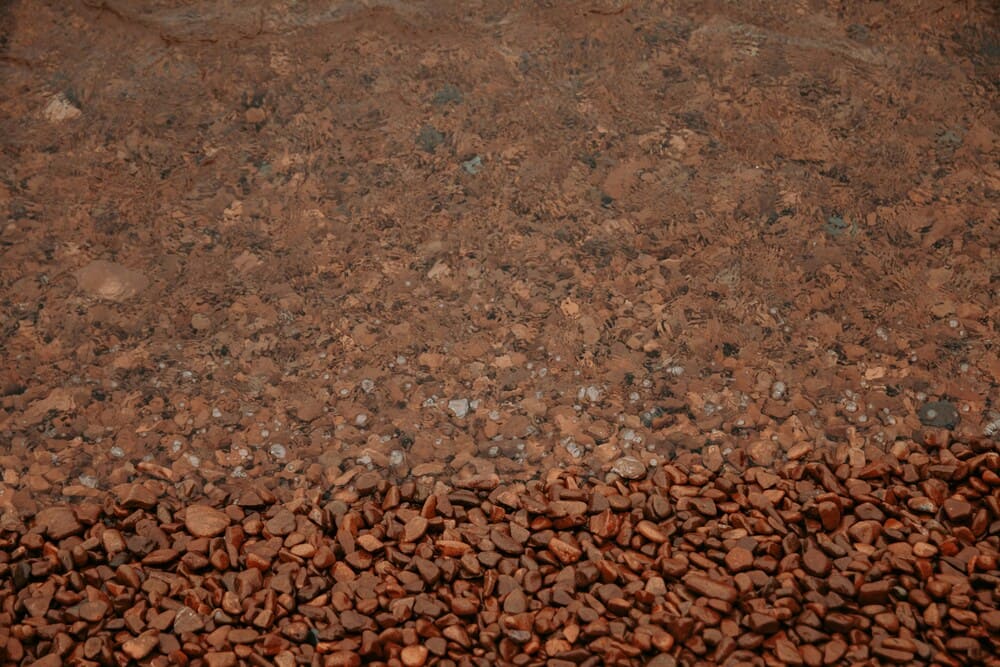
Ghana cocoa today
Today, Ghana is the second-largest exporter of cocoa in the world, just behind neighbouring Côte d’Ivoire. Cocoa contributes roughly 20% of Ghana’s export earnings, with over 800,000 smallholder farmers depending on it for their livelihoods.
Ghanaian cocoa is prized globally, especially for its deep flavour profile and consistent quality. Many of the world’s biggest chocolate companies, like Nestlé, Lindt, and Mars, source a significant portion of their beans from Ghana. In recent years, there’s been a push for more local processing and value addition, so Ghana can move beyond just supplying raw materials and build its own chocolate industry.
So, next time you enjoy a bar of chocolate, take a moment to think of the journey it took, from the rich red earth of Ghana to your hands, and the blacksmith who quietly changed a nation’s destiny. Also, join us on our Ghana Gold Coast tour to visit the Tetteh Quarshie Cocoa Farm in Mampong. The legacy lives on in every bean.
